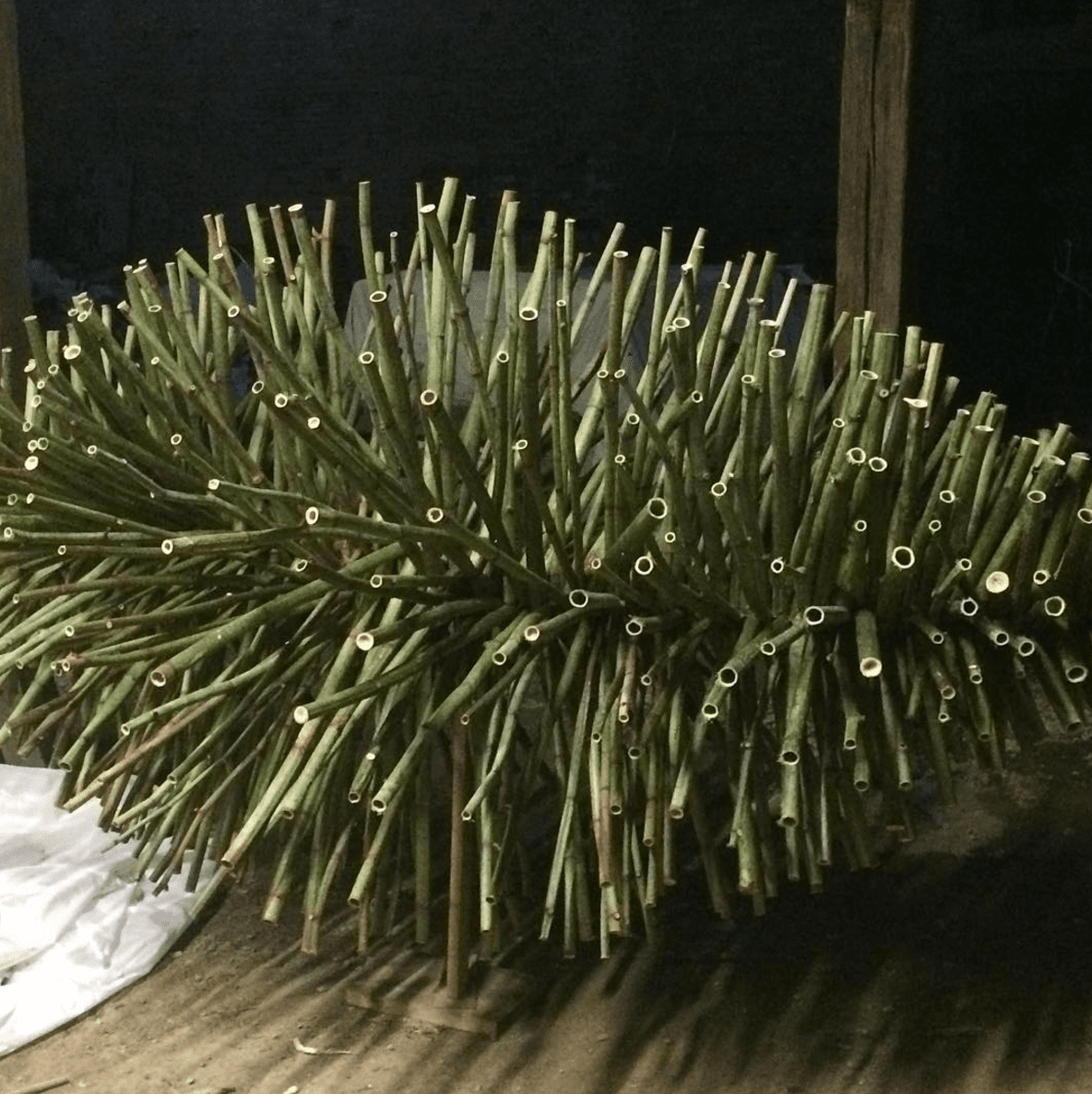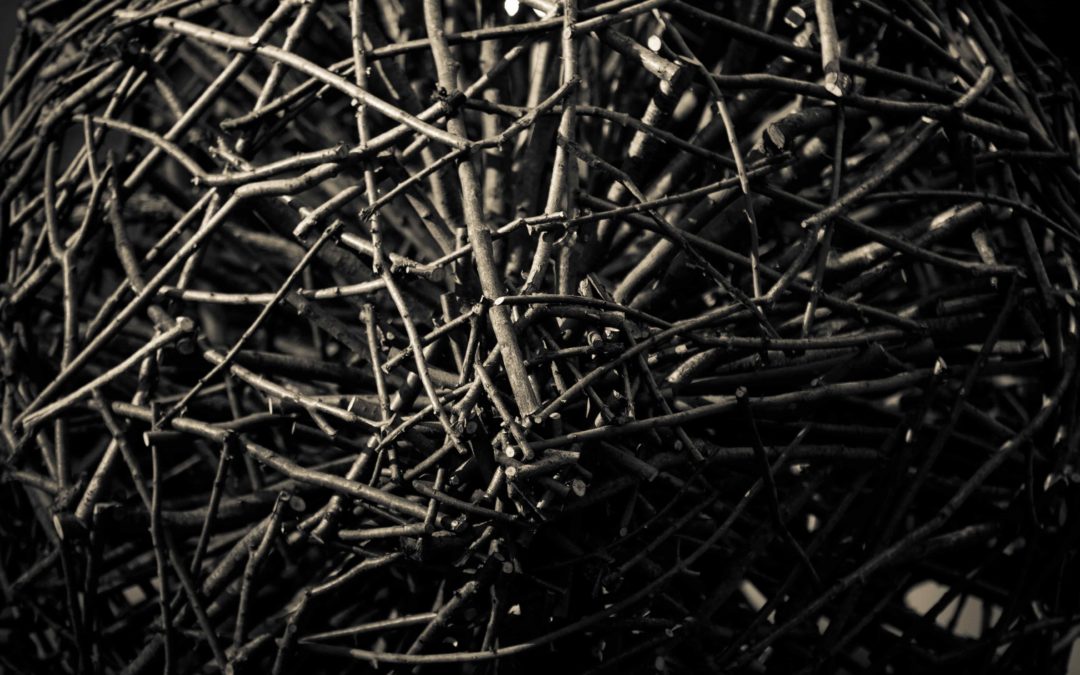It’s been one big creative whirlwind since I arrived in Kassel. I’m working in a beautiful covered outdoor studio in the back courtyard behind the Zeigelei Museum, a former brick factory in Kaufungen, overlooking stacks of old bricks, rusty outdated brick making equipment, and an overgrowth of weeds poking up between them. An owl greets me and keeps me company with his calls throughout the day, along with visits from a dog named Eddie, and fellow artists Delphine and Federico from France and Italy, who are also working on site. The museum and surrounding area has a wonderfully inspired vibe and is bustling with artists of all kinds—-woodworkers, a blacksmith, graphic designers, hairdressers, artists, electricians, and natural home builders, many whom I have gotten to know.
My project has been no small undertaking for our hosts, since I’ve chosen to work with the somewhat elusive invasive species, Japanese Knotwood, found largely in disconnected patches along gravel paths deep in the forest. Fortunately, a whole host of folks have helped me find, cut and transport the truckloads of material I need to make my work and have made saw horses, installed overhead lights, or created custom hanging mechanisms to hang my piece. I have landed in good hands and am grateful.
Aside from having uninterrupted time to work and seeing documenta 14, the best part of this residency is getting know the other artists and members of the community. Every conversation fills in gaps of my understanding of myself and the world. Whether it is discussing the neo-nazi uprisings in the States with people who live every day in the shadow of Hitler’s horrible legacy, sharing a meal at the Turkish restaurant, talking about the roots of democracy, language, architecture, oppression, or the difficulties of truly understanding historical art without context, I feel blessed to be in such rich company. We’re also managing to have plenty of laughs!
While it has been a treat to see documenta for the first time, considered by many to be the premier contemporary art exhibition in the world, this year’s show felt uneven, heavy-handed, and overly academic. Scattered across greater Kassel, documenta 14 feels disjointed, backward looking and cerebral. Conceptually it missed the boat on what art is all about in the first place, at least in my book: connecting us to our hearts and our humanity.
There were brilliant individual works to be sure. The most powerful pieces that sang for me didn’t require previous knowledge about a culture, language or political situation to appreciate either. They touched something more core and essential. But sadly, the best work at documenta felt swallowed up by a show that was somber, intentionally oblique and overtly inaccessible. Documenta 14 filled my head with angst, confusion, and a longing for art that connects to my heart first, and then my head, not the other way around. I’m not talking about art that is free of conflict or politics, but I want art that addresses these issues with poetry.
Our show opens here at the Zeigelei Museum on Saturday, and it will be a treat to see it all come together after two weeks of hard work. Fortunately, there are fabulous, poetic pieces in the making, and I am happy to report that our curator, Elisabetta Pozzetti from Italy, has organized and arranged the raw, industrial space with great thoughtfulness, car and attention to detail.



